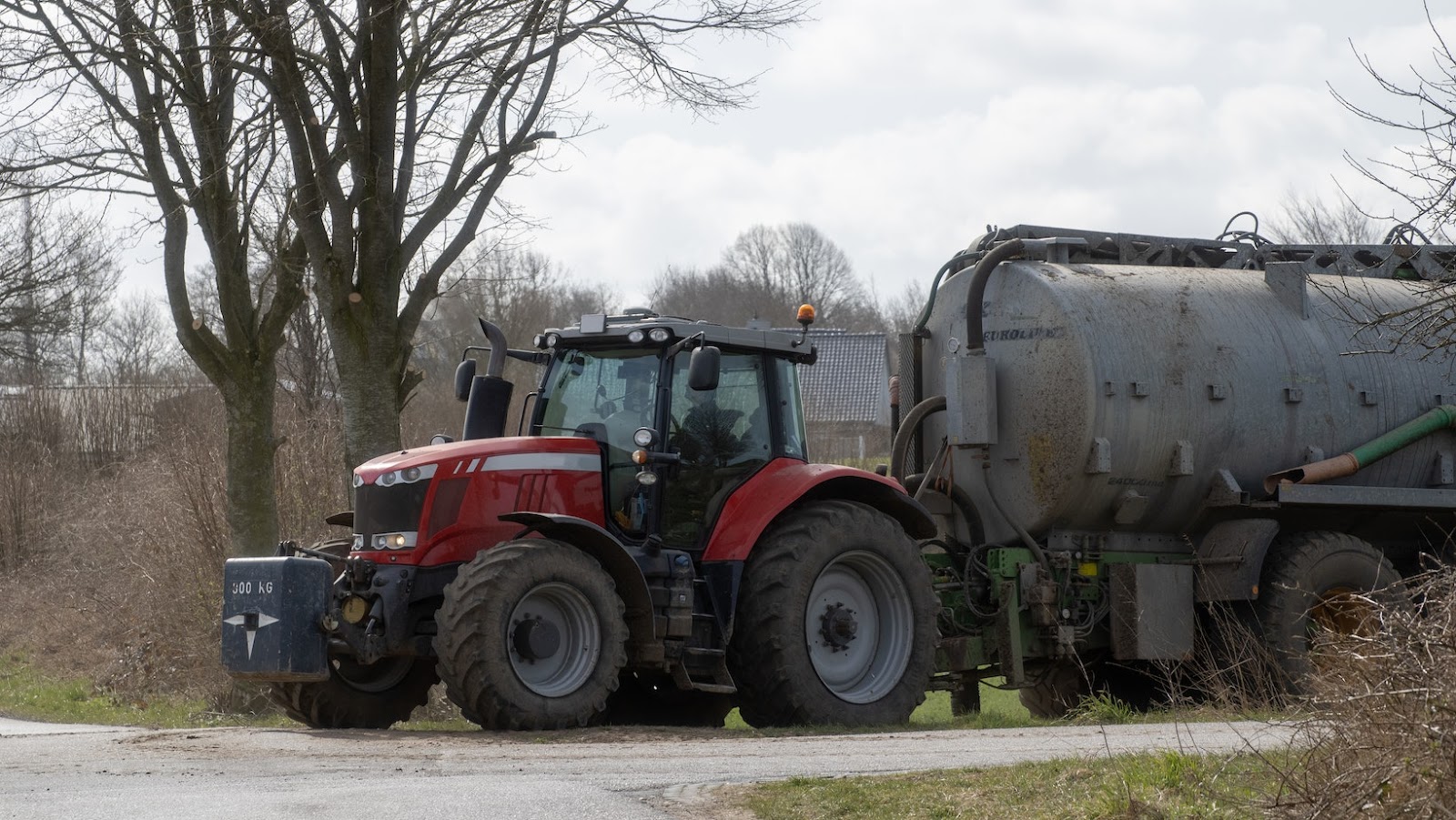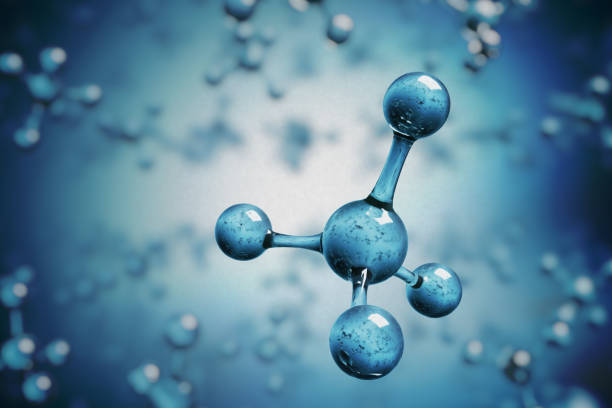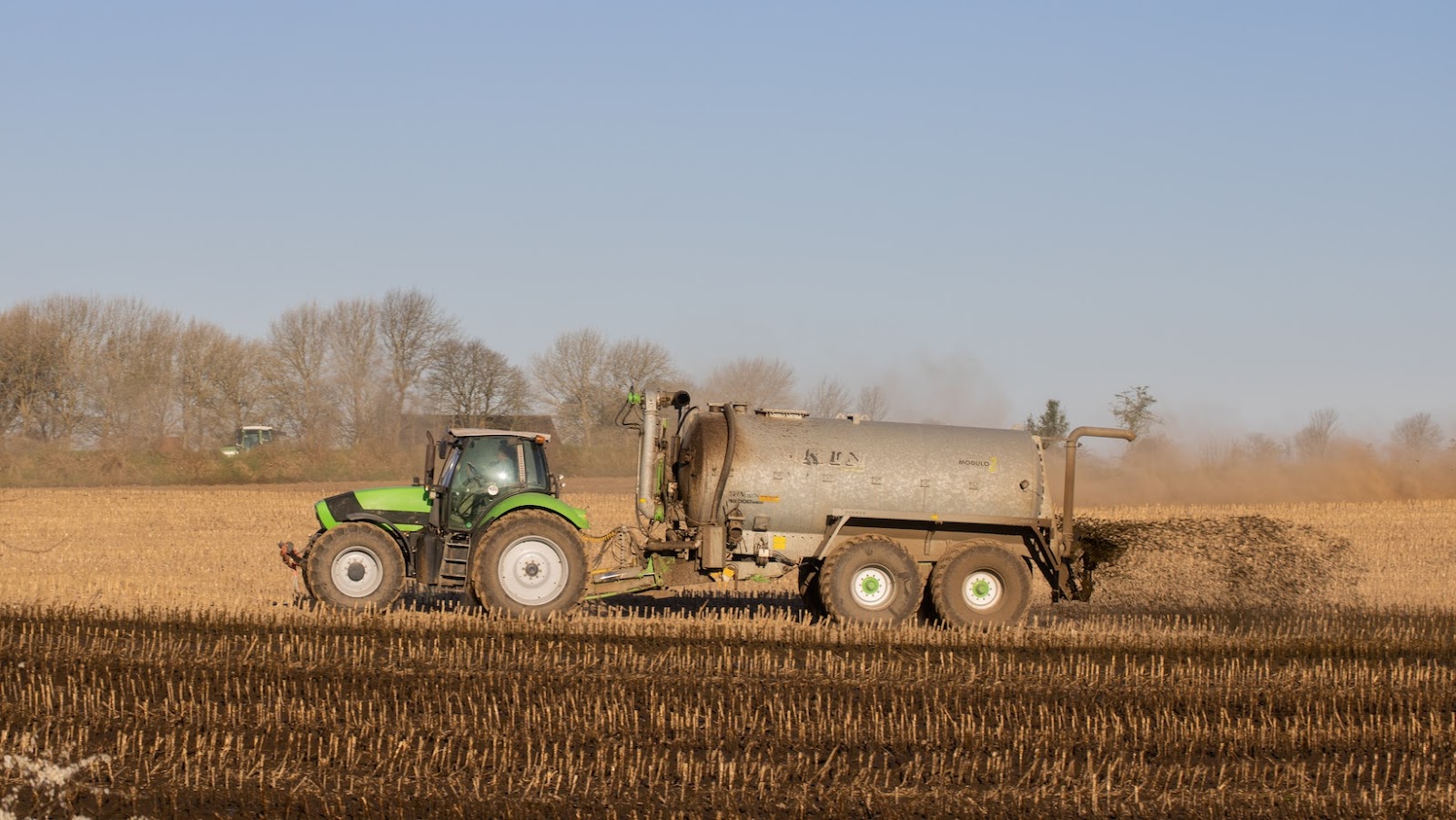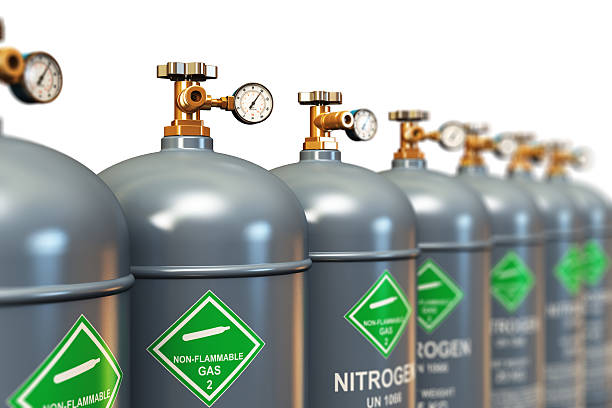To understand the basics of 30-0-10 fertilizer with “Unveiling the Mystery: What is 30-0-10 Fertilizer Used For”, you need to know what 30-0-10 fertilizer is, how it is formulated and its key benefits. The sub-sections will help you understand the components, production process and the advantages of using 30-0-10 fertilizer for plant growth.
What is 30-0-10 Fertilizer?
30-0-10 fertilizer is a nutrient-rich mix with high nitrogen, potassium, and micronutrients. It’s great for lawns needing a boost during the season, without too much leaf growth. It builds strong roots and improves plant health.
But applying it needs care. Too much can harm plants. Slow-release varieties can help reduce runoff and frequency. Soil testing can show which nutrients are missing and guide your choice.
Fertilizers date back to ancient times, when farmers used manure and compost. Then, in the 20th century, synthetics debuted, providing plants with easy-access nutrients. Who knew math could make such a great formula? 30-0-10 – the math behind the magic!
How is 30-0-10 Fertilizer Formulated?
To fathom the content of 30-0-10 Fertilizer, you must comprehend its proportion of plant nutrients. It’s a blend of 3 macronutrients that support the growth and hardiness of plants. Its NPK value is 30-0-10, with Nitrogen taking up 30%, Phosphorous 0%, and Potassium 10%.
Be mindful that Nitrogen boosts plant growth, but too much of it can result in overgrowth or ruin. So, be cautious when using this fertilizer.
For instance, a gardener noticed his garden beds’ rapid yellowing and drying due to using a fresh 30-0-10 fertilizer. It was later revealed that the wrong application caused burning due to the excessive nitrogen.
Don’t let your plants miss out on the great advantages of 30-0-10 fertilizer. Otherwise, it’ll feel like Mother Nature has abandoned them!
Key Benefits of 30-0-10 Fertilizer
30-0-10 Fertilizer: Benefits for Lush Greenery
This fertilizer contains high levels of Nitrogen and Potassium, providing plants with many advantages. First, it helps your yard look lush and green.
The Advantages:
- Growth Stimulation: Nitrogen helps plants grow quickly and strongly.
- Root Strengthening: Potassium strengthens the roots, allowing them to take in more water and nutrients.
- Colorful Appearance: Nitrogen supports green foliage, making your garden look fresh and bright.
Plus, its robust growth is a great way to protect your plants from pests. Regular use of 30-0-10 fertilizer ensures long-term results.
Suggested Application:
- Apply every so often during the growing season.
- Don’t overdo it – follow the recommended dosage.
- Accurately measure your doses to ensure effective use.
Using 30-0-10 fertilizer is a great way to keep your lawn looking beautiful with minimal effort. Its balanced blend makes it perfect for a stunning landscape throughout the year. Without Nitrogen, 30-0-10 fertilizer would be pointless.
The Significance of Nitrogen in 30-0-10 Fertilizer
To understand the significance of nitrogen in 30-0-10 fertilizer, you need to know why nitrogen is crucial in plant growth. The role of nitrogen in 30-0-10 fertilizer is pivotal, but it also has its pros and cons. In the upcoming sub-sections, we’ll explore the importance of nitrogen in plant growth, the role of nitrogen in 30-0-10 fertilizer, and the advantages and disadvantages of using 30-0-10 fertilizer for nitrogen.
Why is Nitrogen Important in Plant Growth?
Nitrogen is vital for plants. It’s a chlorophyll component that helps photosynthesis and is needed for proteins and enzymes. That’s why farmers use 30-0-10 fertilizer, because it has lots of nitrogen. It helps with lush green foliage and fast growth.
Without nitrogen, this fertilizer would be useless.
Before chemical fertilizers, farmers used animal manure as a natural fertilizer. This also has lots of nitrogen. Both organic and synthetic fertilizers provide nitrogen for healthy plant growth.
The Role of Nitrogen in 30-0-10 Fertilizer
Nitrogen is a key part of 30-0-10 fertilizer, aiding plant growth and progress. Let’s look at what it does:
Nutrient Function
Nitrogen Stimulates leaf and stem growth; improves protein synthesis
Phosphorus Supports root development; essential for flower and fruit production
Potassium Helps plants resist disease, drought, and extreme temperatures; encourages sturdy stalks and strong roots.
Nitrogen may make plants stronger, but too much 30-0-10 fertilizer is a problem – it can cause eutrophication. In addition, nitrogen gets into water, leading to algal blooms, hurting aquatic life.
The efficiency of 30-0-10 fertilizer differs based on various elements such as soil pH, moisture level, temperature, and plant species.
The National Agricultural Library states that the ideal nitrogen to phosphorus ratio changes with crop type: corn requires a 1:2 N:P ratio, while beans need a balanced 1:1 ratio.
30-0-10 fertilizer for nitrogen is like trying to light a fire with wet wood – it might get there, but it needs time and patience.

What is 30-0-10 Fertilizer Used For
Nitrogen in 30-0-10 Fertilizer – Pros and Cons!
30-0-10 fertilizer is known for its nitrogen content. Therefore, it is vital for plant growth and development. But, weighing the advantages and disadvantages before using this type of fertilizer is wise.
Here are some pros and cons of using 30-0-10 fertilizer for nitrogen:
Improves plant health and growth May cause harm if over-used
Facilitates protein synthesis Limited use on seedlings as it can stunt their growth
Affects plant tissue quality positively Excess nitrogen releases toxins into the soil
30-0-10 fertilizer with sufficient nitrogen is beneficial for plants. But, there are also some unique considerations. Overuse can damage the plant’s roots while seedlings may not respond well to high nitrogen levels.
To get optimal results from 30-0-10 fertilizers, follow instructions carefully and water moderately with sufficient time between each use.
Don’t let lack of knowledge lead to under-nourished plants. Take action now and consult professional garden care services to make your garden flourish! Who needs a gym membership when you can lift sacks of 30-0-10 fertilizer to learn the importance of potassium?
Understanding the Potassium Component in 30-0-10 Fertilizer
The solutions presented in this section are to understand the potassium component in 30-0-10 fertilizer with its importance in soil fertility, role in 30-0-10 fertilizer, and the advantages and disadvantages that come with it. Knowing the significance of potassium and its effect on the overall soil health can help in maximizing the yield of your plants, fruits, and vegetables.
The Importance of Potassium in Soil Fertility
Potassium is a major component for healthy soil. It boosts crop quality and yield, helps plants take up water, and makes them resistant to diseases, bugs, and other tough conditions. Knowing how potassium affects soil fertility can lead to better plant growth and productivity – key to keeping the food supply secure.
Farmers must replenish potassium levels in soil via fertilizer, either chloride (KCl) or sulfate (K2SO4), depending on the crop. For example, high-chloride fertilizers may not be suitable for chloride-sensitive crops like tobacco or potatoes. Using 30-0-10 fertilizer with no potassium will limit yields drastically, compared to fertilizers with proper potassium content.
Don’t pass up on greater farm productivity! Include the right amount of potassium in your fertilizer – it’s an investment that pays off in the end! Without potassium, plants won’t be able to reach their full potential.
Role of Potassium in 30-0-10 Fertilizer
Potassium’s role in 30-0-10 fertilizer is essential. It regulates plant metabolism and performs essential functions in photosynthesis, water utilization, disease resistance, and root development.
In addition, potassium reduces the dependence of plants on nitrogen fertilizers, which can help reduce groundwater contamination.
Pro Tip: Too much potassium can reduce magnesium and calcium levels in soils. To avoid this, test soil before using potassium fertilizer. Potassium in fertilizer is great for plants but not for anyone who accidentally ingests it and turns into a human salt lick.
Advantages and Disadvantages of Potassium in 30-0-10 Fertilizer
Potassium is key for plant growth and development. We must abide by the dosage guidelines to get the optimal results. For example, applying too much potassium on tomato crops can be disastrous. I once saw a farmer who had done this – his plants were yellow and stunted!
So, if you want your plants to thrive, use 30-0-10 fertilizer with caution.

How to Use 30-0-10 Fertilizer
To get the best results from the 30-0-10 fertilizer, you need to know how to use it correctly. In this section, you will learn how to apply the fertilizer at the right dosage and use it in the most practical ways possible. Also, you will get informed on what caution should be taken when using the 30-0-10 fertilizer.
Dosage and Application of 30-0-10 Fertilizer
30-0-10 fertilizer is a popular choice for plant growth and development. Here’s how to use it correctly:
- Spread 1 lb of nitrogen per 1000 sq ft area every two to three weeks during the growing season.
- Use a spreader to broadcast the fertilizer evenly.
- Water your lawn after fertilizing for nutrients to penetrate into the soil.
Don’t overdo or underdo the fertilizer, as it can cause imbalances and damage. Avoid applying it during droughts and wait until after rain or irrigation. This prevents runoff which may lead to pollution.
Give your plants the right amount of 30-0-10 fertilizer for healthy and vibrant foliage! Just like protein shakes for bodybuilders, but don’t overdo it!
Best Practices for Using 30-0-10 Fertilizer
To Get the Most Out of 30-0-10 Fertilizer:
- Read the product label thoroughly to get an understanding of what your crop needs.
- Apply the fertilizer in cool or damp conditions for best results; avoid hot and dry weather.
- Make sure to measure out the correct amount to avoid leaching and runoff.
- Incorporate the fertilizer into the soil before planting.
Maximizing Yield with 30-0-10 Fertilizer:
Ensure that the fertilizer comes in direct contact with the stem of the plants. Avoid contact with leaves, as this could burn them. Be aware that placement is important when using nitrogen-based fertilizers. Don’t over-fertilize your lawn; otherwise, you may end up with more grass than you can handle.
Precautions When Applying 30-0-10 Fertilizer
It’s critical to take certain precautions to be sure you get the best out of your 30-0-10 fertilizer. Here are some safety tips:
- Put on gloves, long-sleeved shirts and pants, and safety glasses when applying fertilizer.
- Don’t spread fertilizer if it’s windy or rain is expected in the next 24 hours.
- Measure and mix the right amounts of fertilizer and water before use.
Too much fertilizer can lead to bad soil and hurt plants. So, stick to recommended amounts for your soil and plants.
Also, never combine fertilizers with herbicides or pesticides.
Finally, store fertilizers in a cool, dry place away from children.
30-0-10 fertilizer won’t make dead plants come back alive, but it’s worth a try.
Conclusion: Final Thoughts About 30-0-10 Fertilizer
To conclude with the article on Unveiling the Mystery: What is 30-0-10 Fertilizer Used For, the final section – Final Thoughts About 30-0-10 Fertilizer, with three distinct sub-sections, will give you a clear idea about the recommended scenarios where you can use 30-0-10 fertilizer, tips to choose the best fertilizer for your plants, and the overall benefits of using 30-0-10 fertilizer for your plants.
Recommended Scenarios for 30-0-10 Fertilizer
Using 30-0-10 fertilizer requires different amounts, timings, and methods of application, depending on the scenario. Our table shows the optimal use for various scenarios. It includes soil type, plant type, and recommendations. For example, use 2-3 lbs per 1000 sq ft for general use, 4 lbs for vegetables and fruit trees, 2 lbs for grass lawn maintenance, and 1 lb for flower bed maintenance.
It’s important to remember that the climate and ecosystem can affect the timing and need for fertilization. The right fertilizer helps plants produce healthy foliage and boosts root development for optimum yield.
Water thoroughly after application and store in a dry, cool place for best results. Too much fertilizer can burn plants and cause abnormal growth. Finding the perfect fertilizer for your plants can take time and effort!

Tips for Choosing the Best 30-0-10 Fertilizer for Your Plants
Finding the ideal 30-0-10 fertilizer for your plants needs consideration. Here are tips to help you:
- Look for one with high levels of nitrogen to boost green leafy growth.
- If the soil has enough available, use one with low or no phosphorus.
- Match the formulation to the plant’s specific needs.
- Check the labeling and follow instructions.
- Buy a trustworthy brand from a reputable seller.
Remember, not all fertilizers are the same. Knowing the nutrient needs based on species, age and conditions helps ensure growth. Too much fertilizer can burn roots, so follow dosage instructions.
Pro Tip – Test the soil’s pH level with a kit before applying fertilizer. Your plants will go from ordinary to incredible with the right 30-0-10!
Overall Benefits of 30-0-10 Fertilizer for Your Plants
30-0-10 Fertilizer: Improving Your Plants’ Health and Growth
The 30-0-10 fertilizer is perfect for your plants’ growth. It has many benefits!
- Nitrogen boosts leaf growth and gives the plant a greener color.
- Potassium encourages root development, improves the plant’s health, and makes it less likely to get diseases or pests.
- Phosphorus helps the plant absorb nutrients more easily.
Using this fertilizer ensures that your plants get all their necessary nutrients. But take care not to over-fertilize, use only the recommended amount!
Plus, applying this fertilizer regularly can improve the soil texture. It has micronutrients like iron and sulfur which promote soil improvement. Mixing organic matter and this fertilizer together can make it even more effective.

